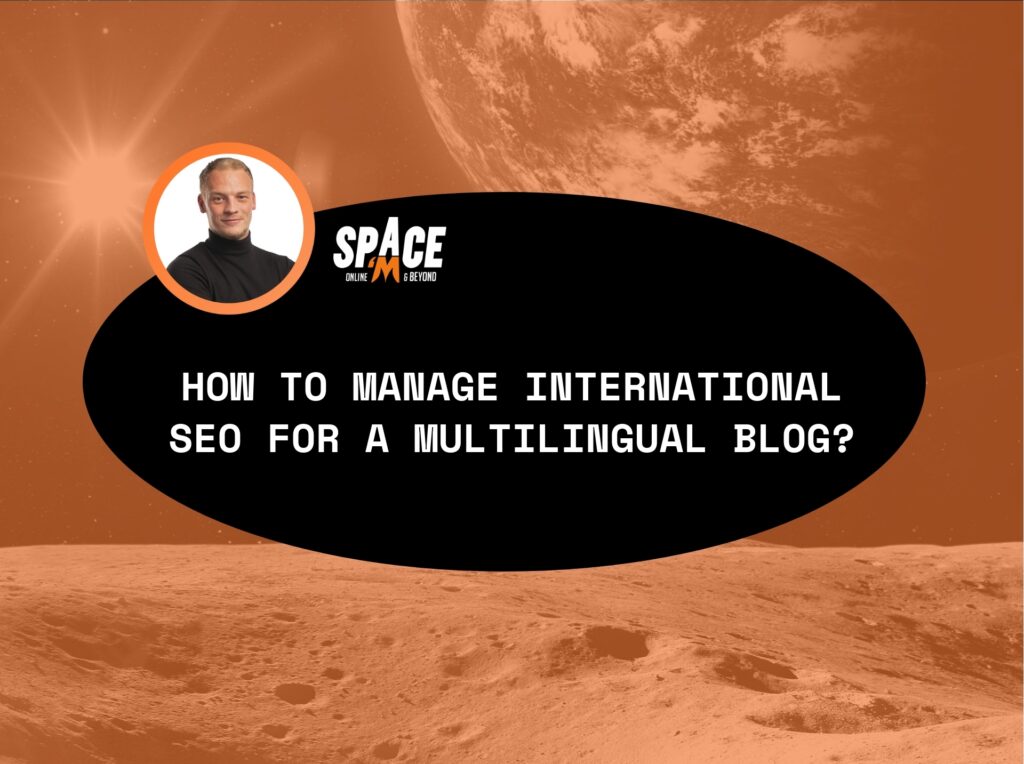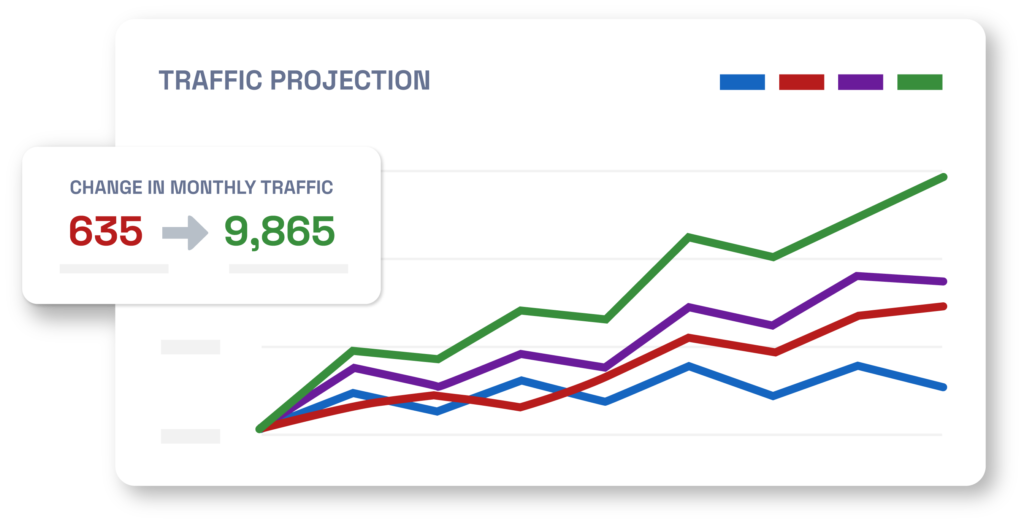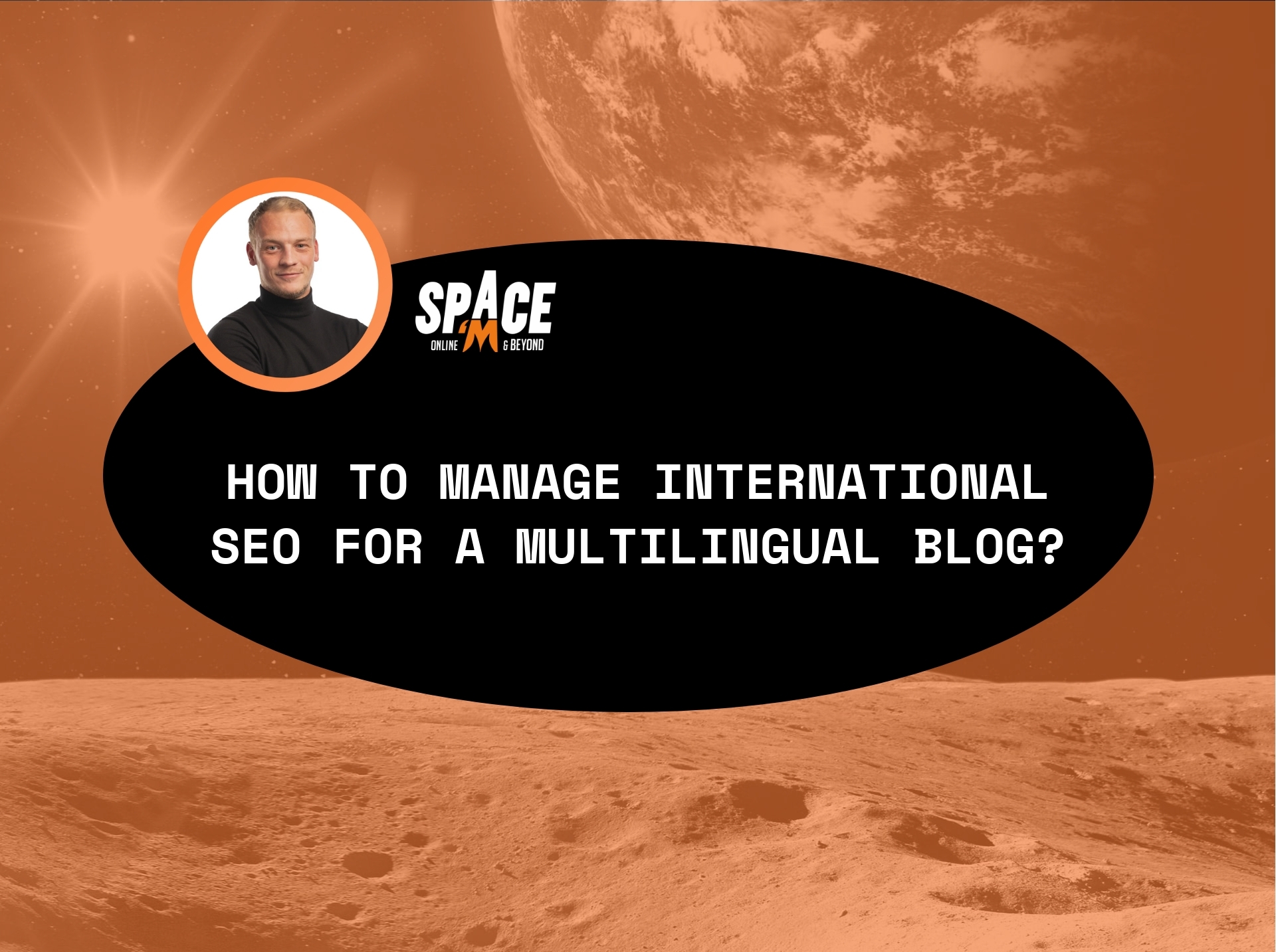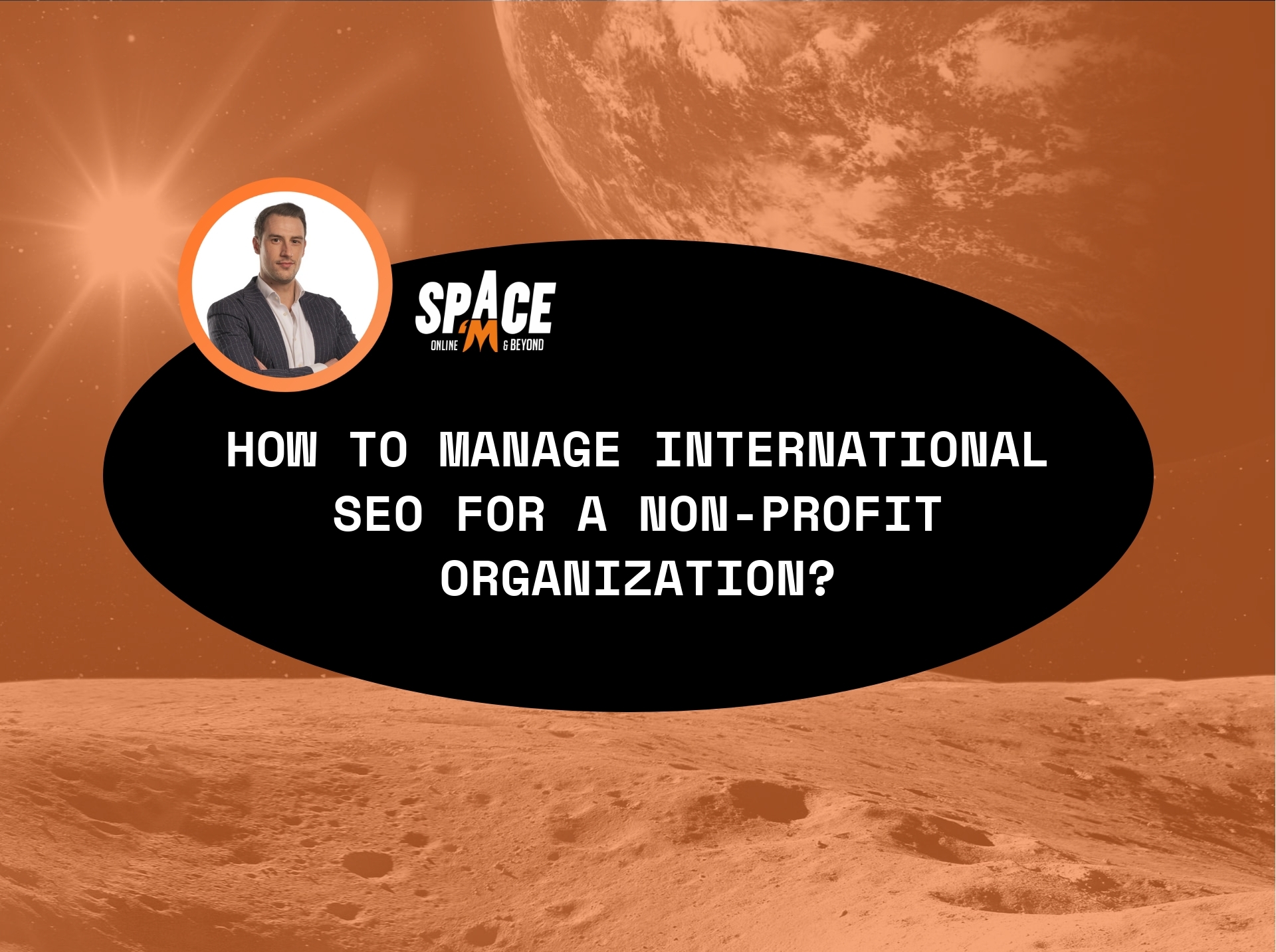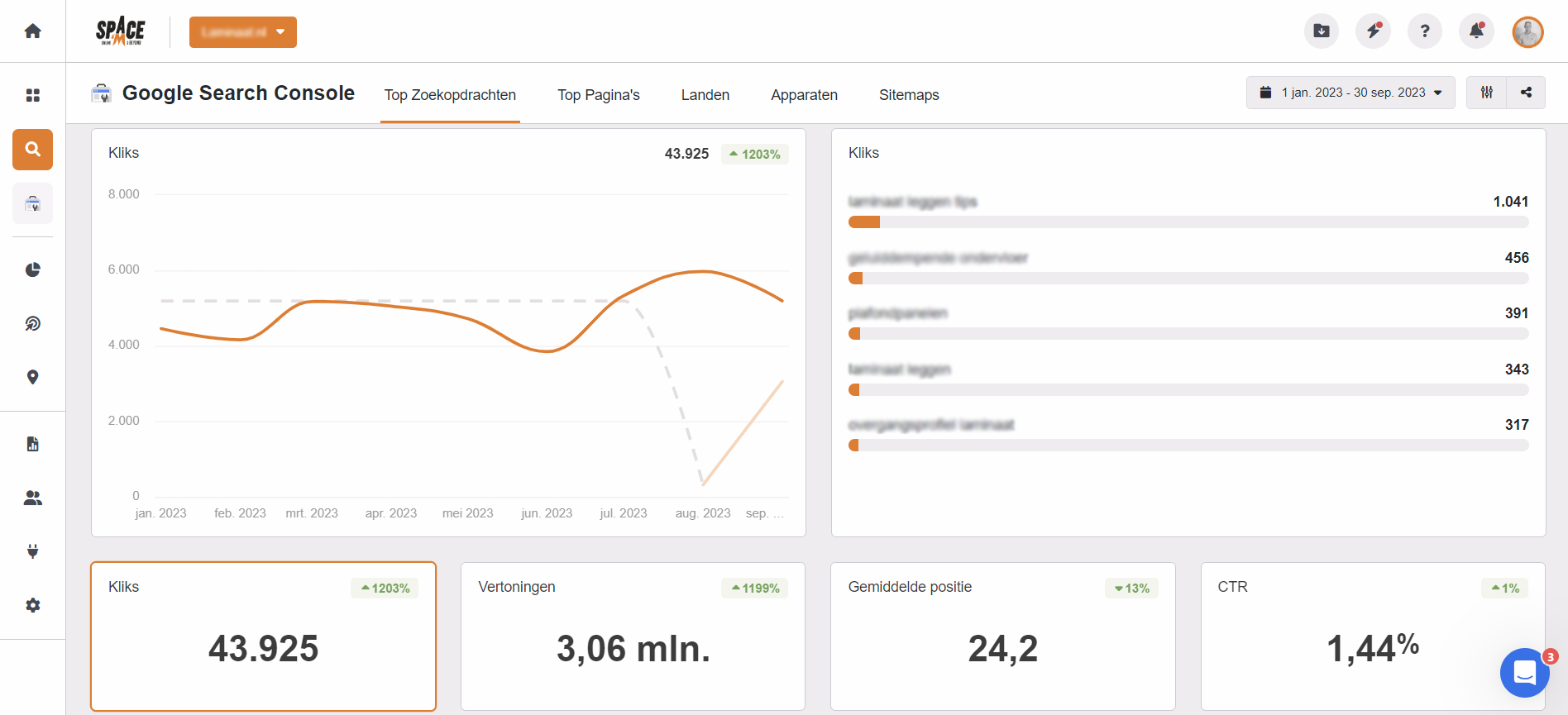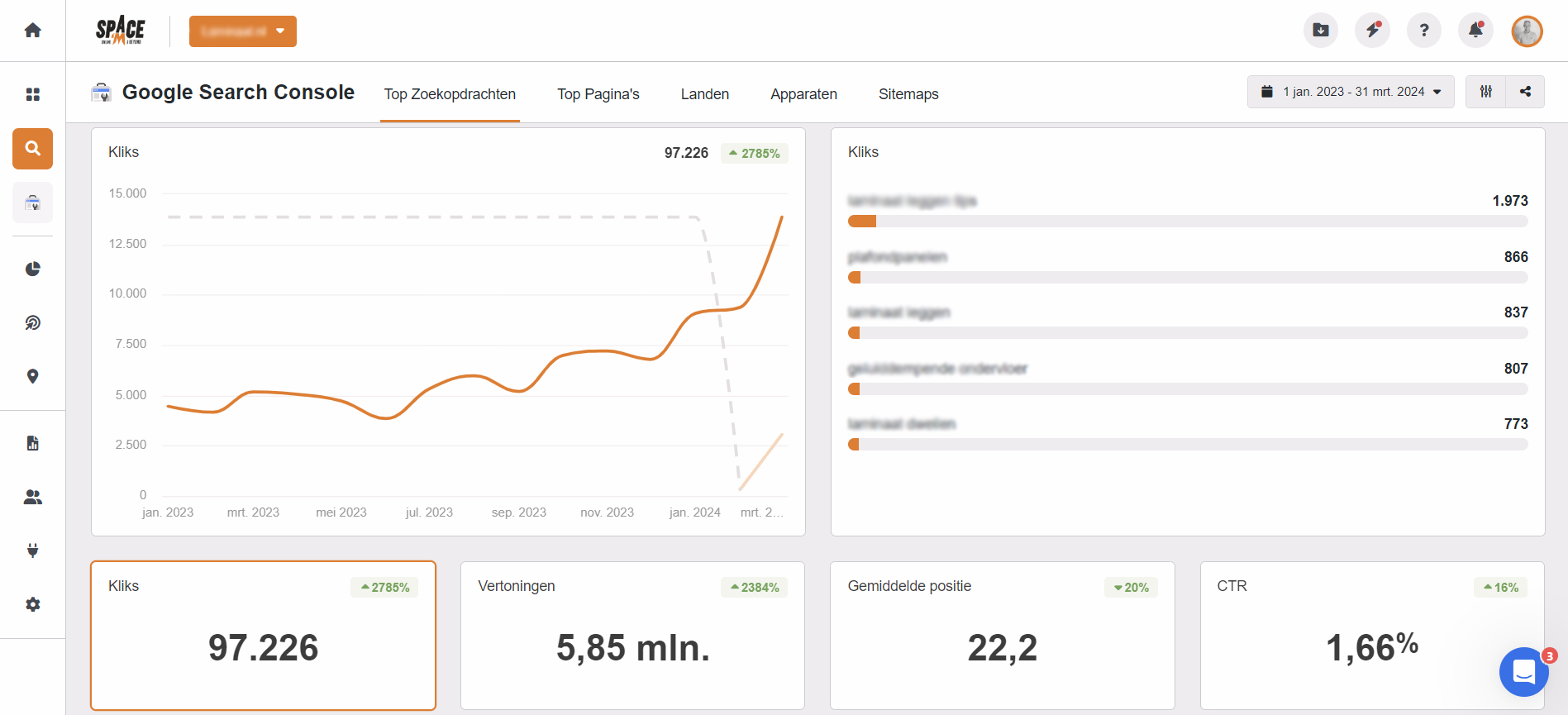Expanding your blog to reach a global audience is an exciting venture, but it requires a strategic approach to international SEO. This guide will provide you with essential tips on managing international SEO for your multilingual blog, and explain why partnering with Space’M Online can help you achieve global success.
Why does international SEO matter for most multilingual blogs?
International SEO involves optimizing your blog so that search engines can easily identify which countries you want to target and which languages you use. This is crucial for blogs aiming to reach a diverse, global audience.
Utilizing multilingual SEO ensures that your content is accessible and relevant to users in different regions. It improves your blog’s visibility in international search results, leading to increased traffic, higher engagement, and a broader readership.
Expanding your blog’s reach with international SEO
By leveraging international SEO, you can expand your blog’s reach and connect with readers from around the world. This involves creating content that resonates with people from different cultures and backgrounds, and ensuring that your message is clear and impactful.
Connecting with a global audience through multilingual SEO
International SEO helps build a global community around your blog. By optimizing your website for different languages and regions, you can connect with readers worldwide, fostering a sense of unity and shared interests.
Creating a multilingual SEO strategy for your blog
Developing a robust international SEO strategy is essential for multilingual blogs. This includes understanding your target audience, creating relevant content, and using the right SEO techniques to ensure your website ranks well in international search results.
Overcoming SEO challenges for multilingual blogs
Multilingual blogs often face unique challenges in international SEO, such as language barriers and cultural differences. Addressing these challenges requires a strategic approach and the right tools to ensure your SEO efforts are effective.
Enhancing your blog’s visibility with effective international SEO
Effective international SEO can significantly enhance your blog’s visibility. By optimizing your website for global audiences, you can attract more readers, increase engagement, and build a loyal following.
What are key strategies for managing international SEO for blogs that target multiple countries?
Expanding your blog’s reach to multiple countries can significantly increase your audience and influence. However, managing international SEO for a multilingual blog requires a strategic approach to ensure that your content is accessible and relevant to readers in different regions. Here are some key strategies to help you effectively manage international SEO for your blog and connect with a global audience.
1. Use hreflang tags
Hreflang tags are essential for indicating the language and geographical targeting of a webpage. They help search engines understand which version of your content to show to users based on their location and language preferences.
2. Optimize for local search engines
Different countries have different popular search engines. While Google dominates globally, search engines like Baidu in China and Yandex in Russia are also significant. Ensure your SEO strategy includes optimization for these local search engines.
3. Create country-specific content
Tailoring your content to the cultural and linguistic preferences of your target audience can greatly enhance user experience and engagement. This includes translating content accurately and considering local customs and trends.
4. Implement a robust URL structure
Choose the right URL structure for your multilingual blog. Options include country code top-level domains (ccTLDs), subdomains, or subdirectories. Each has its pros and cons, so select the one that best fits your blog’s needs.
What are common challenges for blogs that use international SEO?
Managing international SEO for blogs that target multiple countries can be a rewarding endeavor, but it also comes with its own set of challenges. From language barriers to cultural differences and technical issues, these obstacles can impact your blog’s visibility and user experience.
Understanding these common challenges is the first step towards overcoming them and ensuring your blog’s success in the global market.
1. Language and cultural differences
Understanding and addressing language nuances and cultural differences is crucial. Misinterpretations can lead to poor user experience and lower search rankings.
2. Technical SEO issues
Managing a multilingual blog can lead to technical SEO challenges such as duplicate content, incorrect hreflang implementation, and slow page load times. Regular audits and using SEO tools can help mitigate these issues.
Why invest in international SEO with Space’M Online?
At Space’M Online, we specialize in providing comprehensive SEO solutions tailored to your blog’s needs. Our expertise in international SEO ensures that your multilingual blog is optimized for global success. By partnering with us, you can:
- Increase your global reach and visibility
- Enhance user experience across different regions
- Boost your engagement and readership
- Stay ahead of the competition with cutting-edge SEO strategies
Investing in international SEO with Space’M Online is a strategic move to grow your blog and achieve long-term success in the global market, at Space’M Online, we offer comprehensive SEO services for various target countries and manage international SEO for sectors like:
- How to manage international SEO for e-Commerce stores?
- How to manage international SEO for non-profit companies?
- How to manage international SEO for startup companies?
Frequently asked questions
We have compiled answers to some of the most common questions we receive about managing international SEO for multi regional blogs. Whether you’re looking to understand the basics or seeking specific strategies, this section aims to provide clear and concise information to help you navigate the complexities of international SEO. If you have any additional questions, feel free to reach out to us!
What are the best practices for using hreflang tags in international SEO for multilingual blogs?
Best practices for using hreflang tags include correctly implementing them in the HTML of your pages, ensuring they point to the correct language and regional versions of your content, and regularly auditing them to avoid errors.
How can blog owners identify their target international audiences?
Blog owners can identify their target international audiences by analyzing their current traffic data, conducting market research, and understanding the cultural and linguistic preferences of potential readers in different regions.
What is international SEO and why is it important for multilingual blogs?
International SEO involves optimizing your blog so that search engines can easily identify which countries you want to target and which languages you use. It is important because it ensures your content is accessible and relevant to users in different regions, improving your blog’s visibility and engagement.
How can blog owners create culturally relevant content for different international markets?
Blog owners can create culturally relevant content by understanding the cultural norms, values, and preferences of their target audiences, using local language and idioms, and addressing region-specific topics and interests.
What tools can blog owners use to manage and monitor their international SEO efforts?
Tools like Google Analytics, Google Search Console, SEMrush, Ahrefs, and Screaming Frog can help blog owners manage and monitor their international SEO efforts by providing insights into traffic, rankings, and technical issues.
How can blog owners handle language and cultural differences in their SEO strategy?
Blog owners can handle language and cultural differences by hiring native speakers for content creation and translation, conducting thorough research on cultural preferences, and using localized keywords and phrases.
What role does mobile optimization play in international SEO for multilingual blogs?
Mobile optimization is crucial for international SEO as a significant portion of global users access the internet via mobile devices. Ensuring your blog is mobile-friendly can improve user experience and search rankings.
How can blog owners measure the success of their international SEO campaigns?
Blog owners can measure the success of their international SEO campaigns by tracking metrics such as organic traffic, search rankings, engagement rates, and conversions from different regions using tools like Google Analytics and Search Console.
How can blog owners avoid duplicate content issues in international SEO?
Blog owners can avoid duplicate content issues by using hreflang tags correctly, creating unique content for each language and region, and using canonical tags to indicate the preferred version of a page.
What are the common technical SEO issues faced by multilingual blogs in international SEO?
Common technical SEO issues include duplicate content, incorrect hreflang implementation, slow page load times, and issues with mobile optimization. Regular audits and using SEO tools can help identify and fix these issues.
How can blog owners optimize their websites for local search engines in different countries?
Blog owners can optimize their websites for local search engines by understanding the algorithms and ranking factors of those search engines, creating localized content, and building backlinks from local websites.
What are the differences between ccTLDs, subdomains, and subdirectories for international SEO?
ccTLDs (country code top-level domains) are specific to each country, subdomains are separate sections of your main domain, and subdirectories are folders within your main domain. Each has its pros and cons in terms of SEO, branding, and management.


